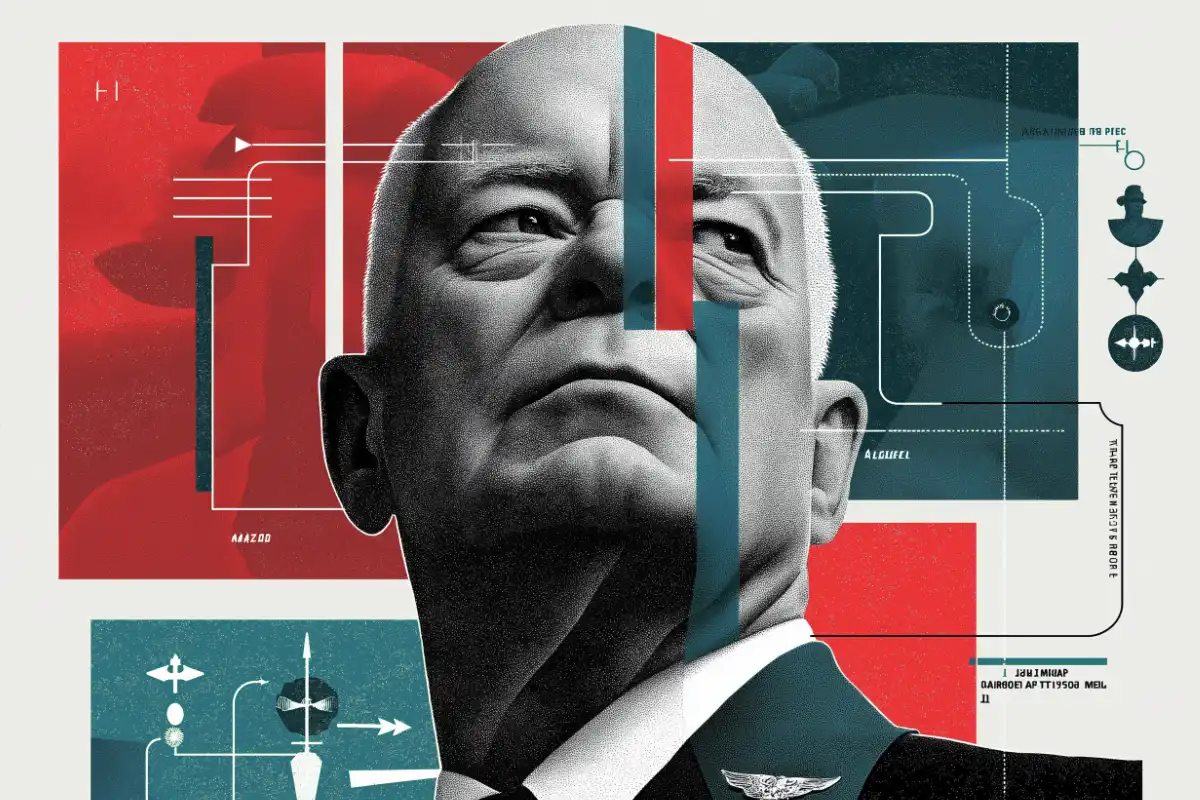As a product manager, I've had my share of "ooh, look at that!" moments when a new technology appears on the horizon. Yesterday, I was convinced we needed blockchain. Today, it's generative AI. Tomorrow? It's a mixed reality. My team has started taking bets on my next obsession.

But there's a problem that plagues many of us in this industry. We call it shiny object syndrome, that irresistible pull toward new projects, technologies, and trends at the expense of long-term goals. The feverish excitement makes us drop everything for the Next Big Thing, convinced it will solve all our problems.
The magnetism of new and novel.
Remember being a kid who cried for a new toy despite having a box full of perfect ones at home? That's what we do when we abandon validated solutions for untested waters.
Our CEO once burst into our standup meeting after reading an article about voice interfaces. "This is it!" she proclaimed with evangelical fervour. "Voice is going to change everything!" Three weeks of frantic pivoting later, we discovered our customers preferred typing. Who knew?
But I get it. Novelty is addictive. It activates our brain's reward centres, like free doughnuts in the break room. Sometimes, that excitement is justified, and innovation often comes from exploring new territory.
The challenge isn't avoiding exciting new ideas. It's distinguishing between distraction and opportunity. It's finding the right shiny object – not just any shiny object.
From chaos to clarity:
Teams in the trenches.
Last quarter, our team faced the classic product management nightmare: too many priorities and insufficient focus. We had five "game-changing" initiatives, each supposedly more important than the last.
The developers exchanged knowing glances during planning. They'd seen this movie before. "So which one is the priority?" asked our lead engineer with a tone drier than week-old soda bread.
Roman Pichler suggests viewing product strategy as a system with interconnected parts, including people, processes, principles, and tools. This resonated with us immediately. We weren't failing because our ideas were bad. We were failing because our approach lacked structure.
So we tried something different. Instead of chasing five shiny objects, we committed to a systematic strategy discovery process. We captured our initial ideas, identified our most significant risks, and systematically addressed them through customer interviews and prototyping.
This is where things got interesting. Our most exciting idea, which everyone was sure would revolutionize the industry, fell completely flat with customers. Meanwhile, the "boring" optimization we'd been putting off for months? Users practically begged us to build it.
The discipline of finding the right problem.
As Karri Saarinen, CEO of Linear, wisely points out, "The simplest way to increase quality is to reduce scope." Doing less, but doing it extremely well, has become our mantra.
Our approach now looks something like this:
- First, we distill our business down to a clear, compelling idea – avoiding the "shiny object syndrome" that plagues so many teams. We've instituted a mandatory waiting period for any new initiative. No impulse shopping allowed.
- Second, we use the Eisenhower Matrix to separate urgent from important. Turns out, most shiny objects fall into the "not urgent, not important" category – despite how exciting they seem at first glance.
- Third, we ask three critical questions before pursuing any new opportunity: Does this align with our strategic vision? Will this create real value for customers? And most importantly – are we the right team to solve this particular problem
This framework has saved us countless hours of wasted effort. It's also saved my sanity and possibly my job.
The art of strategic distraction.
Here's what I've learned: the goal isn't to never get distracted. It's to get distracted by the right things.
When we committed to product strategy discovery as a systematic process, our team became more innovative, not less. By establishing clear boundaries and validation methods, we created space for experimentation within a framework.
Now when I get excited about brain implants or whatever next week's obsession brings, I have a process to channel that energy. My enthusiasm becomes an asset rather than a liability.
We've learned that quality doesn't require slowing down – it requires focusing on fewer things. As one team member put it: "We can do anything, we cannot do everything."
The days of MBMA – Management by Magazine Articles – are behind us. We no longer pivot with every new technology trend. Instead, we systematically evaluate opportunities against our strategic goals.
From my window, I can still see that magpie collecting shiny things. The difference is that now I understand what it's doing – building a nest, one carefully selected piece at a time.
That's not distraction. That's strategy.

